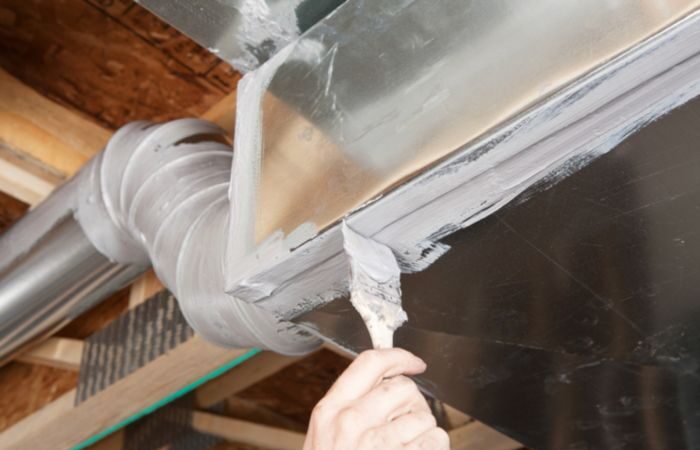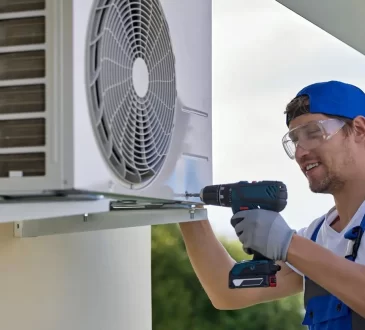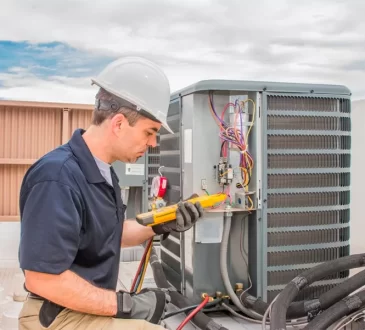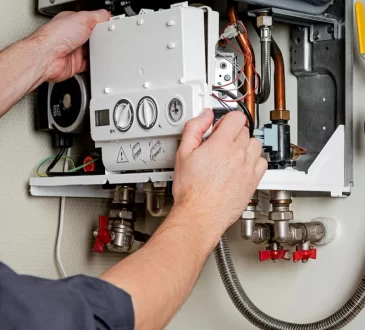
Did you know that leaky ductwork can waste up to 30% of your home’s heated or cooled air? That means higher energy bills, uneven temperatures, and poor indoor air quality. If your HVAC system isn’t performing at its best, sealing air leaks in your ducts can make a big difference. But how do you do it? Let’s break it down.
Signs of Leaky Air Ducts
Before you grab the sealant, you need to know if you actually have leaky HVAC ducts. Here are some common signs:
- Uneven heating or cooling in different rooms
- Higher-than-usual energy bills
- Excessive dust buildup in your home
- Whistling or hissing sounds from the ductwork
- Weak airflow from vents
If you notice any of these, it’s time to seal those leaks!
Why Is Sealing Air Leaks So Important?
Leaky ducts aren’t just an energy drain—they can also affect your home’s air quality. Gaps in the ductwork allow dust, allergens, and even mold spores to circulate through your home. Sealing leaks improves efficiency, reduces wear on your HVAC system, and helps maintain cleaner indoor air.
How to Seal HVAC Duct Leaks
Sealing ductwork doesn’t require professional tools, but using the right materials is key. Here are the best methods:
1. Duct Sealing Tape
Not all tape is created equal! Regular duct tape won’t hold up over time. Instead, use foil tape or butyl tape labeled for HVAC use. To seal leaks with tape:
- Locate the leaks by feeling for escaping air.
- Clean the surface to remove dust and debris.
- Apply the tape firmly over the leak, smoothing out wrinkles.
2. Mastic Duct Sealant
Mastic is a sticky, gooey substance that hardens to create an airtight seal. It’s more durable than tape and works well for larger gaps. To apply mastic:
- Use a paintbrush or gloved hand to spread a thick layer over the leak.
- If gaps are wider than ¼ inch, apply fiberglass mesh tape before adding mastic.
- Let it dry completely before running your HVAC system.
3. Professional Aeroseal Treatment
For hard-to-reach leaks inside walls or ceilings, a professional Aeroseal treatment may be the best option. This advanced method involves injecting sealant particles into your duct system, which automatically seal leaks from the inside.
Should You DIY or Call a Pro?
If you have accessible ductwork and minor leaks, DIY sealing with foil tape or mastic is a cost-effective solution. However, for major leaks, hidden ducts, or whole-home efficiency improvements, hiring a professional is a smart investment.
Final Thoughts
Sealing air leaks in your HVAC ducts improves energy efficiency, home comfort, and air quality. Whether you take on the task yourself or hire a professional, addressing duct leaks is a small step that makes a big impact.



